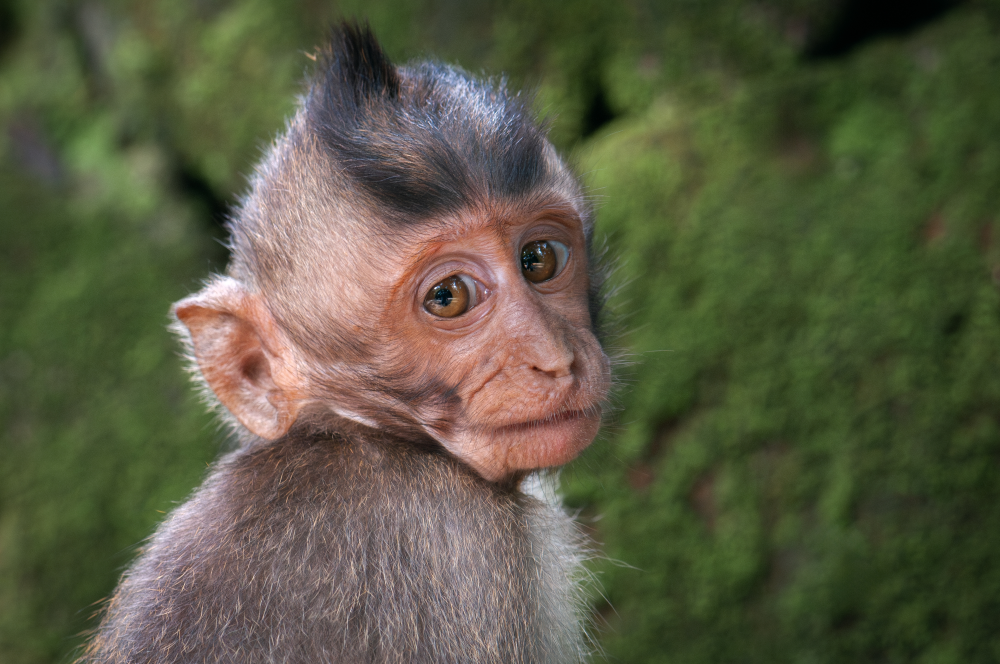There are so many variations to the human ear that a study concluded they can be used as accurately as fingerprints to identify an individual. One of the ways our ears can differ is in the presence of what’s known as Darwin’s tubercle, a small bump on the outer ear that’s thought to be an evolutionary hangover.
ADVERTISEMENT
A vestigial trait is something that an organism has that once served a purpose that over time and the course of evolution has ceased to be useful. We see it in goosebumps, which were more effective when we were covered in fur, ear wiggling, and other examples to be found all over the body.
This bump earned the name Darwin’s tubercle, or Darwin’s point, because he described it in The Descent Of Man, explained John McDonald of the University of Delaware. In his article, Darwin’s Tubercle: The Myth, McDonald explains how some have wrongly used this quirk of the ear as an example of a trait that’s controlled by a single gene with two alleles, with the ear bump being dominant. However, if we look at the genetic studies that have researched its prevalence, this doesn’t appear to be supported.
A 2016 study found that Darwin’s tubercle was present in 10.5 percent of adults in Spain, 40 percent in India, and 58 percent of Swedish schoolchildren. Furthermore, a 1936 twin study found 26 pairs of identical twins where one twin had Darwin’s tubercle and the other didn’t.

Darwin’s tubercle, but make it fashion.
Image credit: Natalia Paklina / Shutterstock.com
Rather than a simple case of dominant or recessive, these variations among populations and siblings suggest that it’s more likely to be a combination of genetic predisposition and environmental influences during development that decide who gets the ear bump and who doesn’t, but where did it come from? The placement of Darwin’s tubercle on the helix of the ear could suggest that it was, at one time in our evolutionary past, an adaptation for better hearing (and did you know that your outer ear was once a piece of respiratory equipment?).
Look at the ears of some non-human primates and you’ll see a feature at around the same curvature of the ear, only it’s much more pronounced. It is thought this shape of the primate ear helps to funnel sound into the ear canal better than a smooth ear might,
Sounds handy, right? Seems a shame to have lost it, but the human ear is remarkably sensitive and adapted to picking up a different kind of sound than what monkeys need to hear. Our social lives are centered around detailed conversation, we enjoy complex music, and the human ear works much better for this than your average non-human primate ear, even if they may have more range than we do.
ADVERTISEMENT
So, we stopped needing the tubercle, but there wasn’t an evolutionary pressure to lose it entirely, rendering it vestigial in modern humans. Now, it contributes to the many variations of the human ear that make it so unique in each and every one of us, so whether you’re the poster child for Darwin’s tubercle, or lacking it all together, celebrate your ears. Nobody’s got a pair like you.
Source Link: Do You Have Darwin's Tubercle? This Curious Evolutionary Hangover May Have Once Helped Us Hear